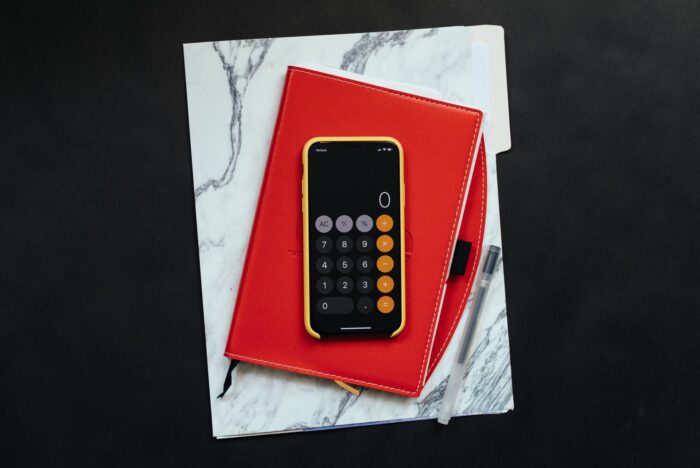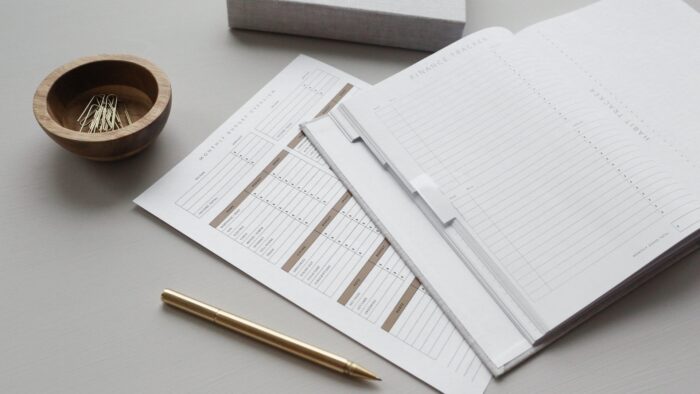
No matter what your paycheck looks like, you can’t spend more than its value since you’ll end up having financial issues. And you might not want to budget since you might think of people tracing every cent they spend. Still, depending on your circumstances, you can take a few approaches, and many don’t require that much additional effort. The tool can help you live below your means, helping you become financially free.
1. How to Make Your Budget Work

Before looking at the different options available, you’ll want to look over your expenses so you can understand the right one for you. No matter which one you choose, however, you’ll still need to spend less than you earn to make your financial planning work. That might start with lowering your monthly expenses. For instance, if you have debt, like student loan balances, you might consider refinancing from Earnest.com. That way, you can make one payment, making you less likely to miss them. Plus, you might be able to get a lower interest rate.
If you want to make your budget work, try to avoid impulse purchases. Instead, wait a bit before purchasing something you may not need immediately. You might be able to find a better deal on it elsewhere, or you may find it’s not something you want after all. The strategy prevents you from having regrets about your money later.
2. Creating a Budget to Survive
Not everyone can start working toward financial freedom right away. For instance, perhaps you have debt and need to work to pay it off. Or maybe you find that even with the best spending habits, you still have next to nothing left shortly before your payday. To survive, you’ll need to track every dollar and see what you can cut back on. It’s not a fun way to live, but it will get things done until you can find another stream of income. To get started, you will need a free spreadsheet and a paper and pencil. Then you can look over your receipts and break down your expenses into relevant categories.
Once you understand how much your expense are each month, you can compare that to what you have entering your bank account. Look over the categories and start cutting everything you don’t need. For instance, can you repair or remake old clothing instead of purchasing more? Try canceling subscriptions or television services. The stripped-down form of your spending is a survival budget designed to help you get your bills paid without living beyond your means. Since it’s not intended for the long-term, it’s best to look for additional work, such as freelancing or getting a side hustle. Or you might use the tool during a brief time of unemployment.
3. Budgeting to Get Out of Debt

If you aren’t living paycheck to paycheck, you’ll have a bit more freedom over your financial options. You don’t have to worry about making it to the next payday, allowing you to plan for your future. If you’re in debt, you’ll want to focus on getting out of it as soon as possible. The goal is to use less than you take in.
When it comes to budgeting, you don’t have to track each expense. Instead, look over the most problematic areas, like putting too much toward wants. For instance, perhaps you eat out, purchase expensive items, or take costly vacations. Consider creating a maximum dollar amount to put toward each category and stick to it. So, for leisure, perhaps you would put a specific amount each month toward a trip and space vacation out further apart to avoid going into debt.
With the extra money, you are no longer putting toward these things, you’ll have more to save. Even tracking just a couple of the more significant expenses might help you save a lot. You could use a dedicated tool or create a spreadsheet on the computer. If you prefer a paper method, you might set aside a notebook to track everything.
4. Budgeting Toward Financial Freedom
If you have enough money to put toward your longer-term goals, you’ll want to track each dollar carefully. That way, you can put them toward taxable accounts, 401k accounts, or IRAs. To do so, you’ll start by paying yourself. So, you’ll set aside some income – perhaps 10 to 50 percent – and carefully spend the remaining.
Consider using automation to use this method effectively. Perhaps you choose to have a portion of your paycheck go into the 401k account. Or you might have the money get automatically transferred to a specific account. If you don’t want to get bogged down with the details, you don’t have to compare each bill or look at your spending. On the other hand, you don’t want it to be straightforward to follow the categories. If you have funds left from your allotted expenditures at the end of each month, you might increase the amount you put aside every month. Simple Sheets offers some of the best spreadsheet templates for budgeting and personal finance.
Once you can keep better track of your funds, it is much easier to reach financial freedom. That means you’ll be financially independent enough to choose the way you live. For instance, perhaps you’ll take some time off to travel, retire early, or be more generous with gift-giving
5. Planning for Retirement

You’ll want to determine when you can stop working. You can decide that no matter your current age, and all you need to do is find the monthly living costs and compare them against the income you expect to have. You don’t have to retire at a very old or young age, but understanding your options puts you in better control of your money.
One of the best ways is to create categories in your budget, like fixed expenses and discretionary spending. Fixed costs are ones like real estate, utilities, and insurance. On the other hand, discretionary spending includes wants, including going out to eat and traveling. You’ll use these two buckets to come up with a spending model. While you might not be tracking each cent, you can still look over the bills to find possible areas you might improve upon.








